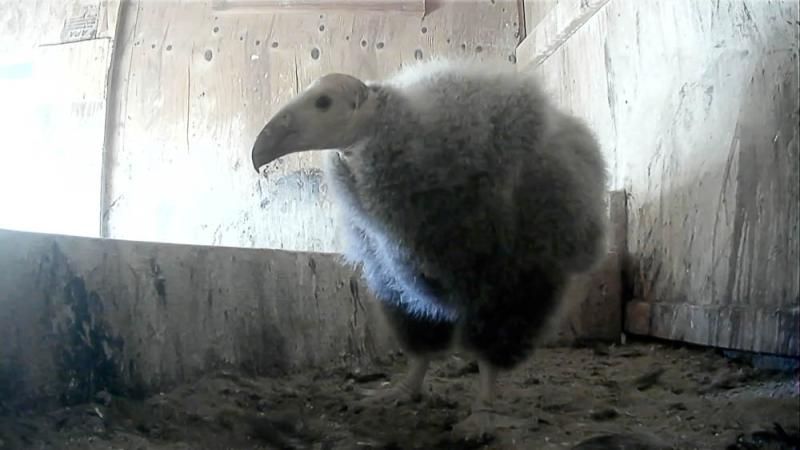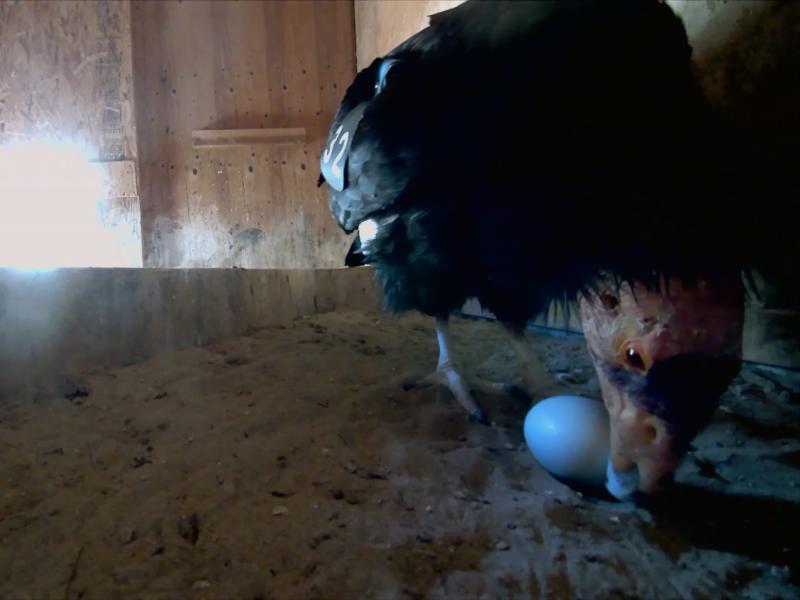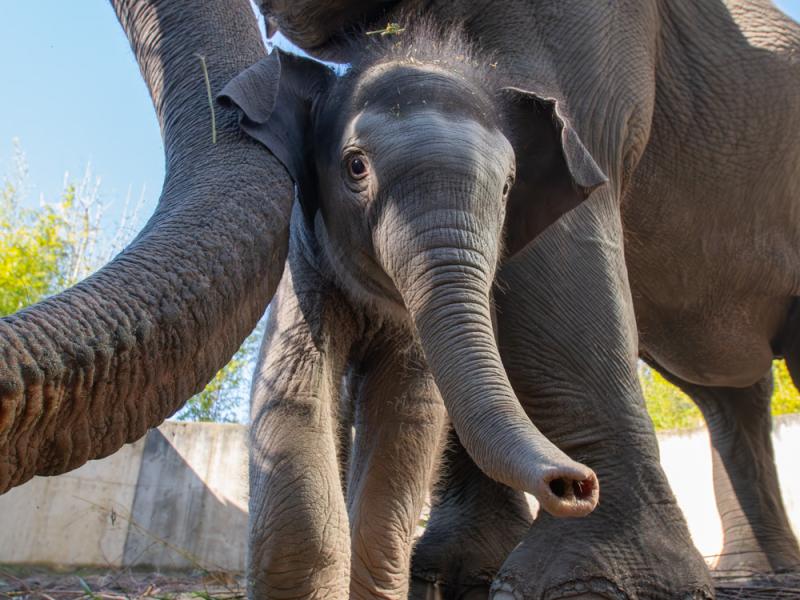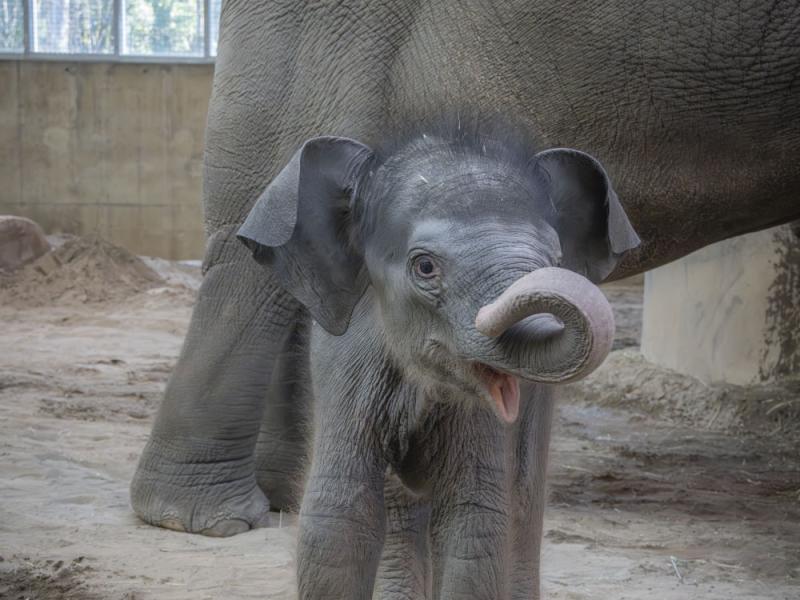Condor hatching season rates a '10' with conservationists

A record 10 California condor chicks hatched this year at Oregon Zoo wildlife center
Ten fuzzy California condor chicks are squawking in their nests this spring at the Oregon Zoo's Jonsson Center for Wildlife Conservation — the biggest batch yet in the zoo's 18-year effort to save the critically endangered species from extinction.
The center's final chick of the season hatched on May 22 to experienced condor mom No. 174 and her mate, No. 491, who is a first-time dad.
"We have more chicks than ever this year, which is fantastic news for the recovery effort," said Kelli Walker, the zoo's lead condor keeper. "It's a significant step forward for this critically endangered species."
With scarcely more than 500 birds left in the world, each new condor is vitally important to the species' survival, Walker said.
The chicks will stay with their parents for at least eight months before moving to pre-release pens for about a year. Eventually, they will travel to a wild release site to join free-flying condors in California and Arizona.
The California condor was one of the original animals included on the 1973 Endangered Species Act and is classified as critically endangered. In 1982, only 22 individuals remained in the wild and by 1987, the last condors were brought into human care in an attempt to save the species from extinction.
Thanks to recovery programs like the Oregon Zoo's, the world's California condor population now totals around 500 birds, most of which are flying free. More than 80 chicks have hatched at the Jonsson Center since 2003, and more than 50 Oregon Zoo-reared birds have gone out to field pens for release.
The Oregon Zoo's condor recovery efforts take place at the Jonsson Center for Wildlife Conservation, located in rural Clackamas County on Metro-owned open land. The remoteness of the facility minimizes the exposure of young condors to people, increasing the chances for captive-hatched birds to survive and breed in the wild.
Visible security cameras from Teledyne FLIR — installed at the Jonsson Center last December — are providing improved views into the nesting areas and 24/7 observation of the condors, helping zoo staff better monitor the health of chicks and parents.
Additional upgrades and new equipment at the center were made possible through a grant from the Avangrid Foundation and support from the Oregon Zoo Foundation's $8.5 million Heart of the Oregon Zoo campaign, which is currently raising funds to support the zoo's efforts in advancing animal welfare, conservation and education. To learn more or to make a gift, call 503-220-2493 or email [email protected].
As part of the Metro family, the Oregon Zoo helps make greater Portland a great place to call home. Committed to conservation, the zoo is currently working to save endangered California condors, Oregon silverspot and Taylor's checkerspot butterflies, western pond turtles and northern leopard frogs.
More News

Thirteen eggs and counting at zoo's condor recovery center
At the Oregon Zoo’s Jonsson Center for Wildlife Conservation, endangered California condors have laid 13 eggs — with the potential for more on the way.March 11, 2025

Sunny with a chance of Tula: Baby elephant ventures out
Tula-Tu and her mom Rose-Tu ventured outside in the sunshine.February 28, 2025

Tula-Tu is ready for you! Baby elephant is set to meet public
Beginning Friday, Feb. 21, 2-week-old Tula-Tu can be seen during limited hours inside Forest Hall.February 19, 2025

